Let's go back to where it all began by delving into the history of Bhutan.
The Arrival of Buddhism in Bhutan
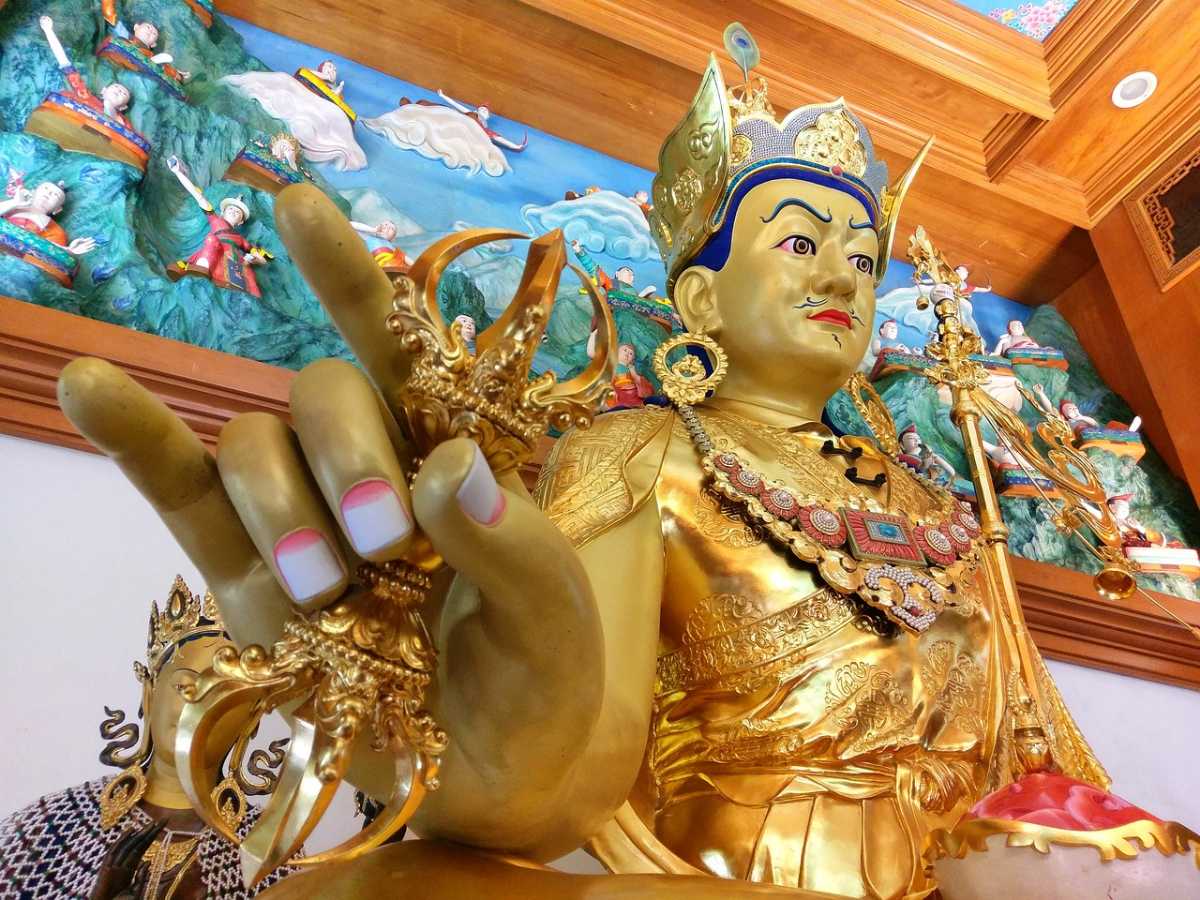
Source
Although Bhutan’s prehistoric times are pretty unclear; its historical times are vivid. It is believed that Buddhism set foot in Bhutan in about the 7th century by a Tibetian ruler known as Songtsan Gampo. 747 A.D. marks the visit of one of the most important figures shaping the culture of Bhutan. Popularly called as Guru Rimpoche (Guru Padma Sambhava) is considered as honourable as Buddha himself. He travelled far and wide defeating many evils to spread Buddhism.
The Taktsang monastery is symbolic of the meditation of Padma Sambhava and its disciples in the Paro valley. There is also a temple known as Kurje temple, where lies a rock believed to be inscribed by Padma Sambhava. He is the founder of Nyingmapa sect of Buddhism in Bhutan. Later, the land of Bhutan was divided into many small monarchies ruled by a Buddhist king. This fabricated Buddhism in the realms of Bhutan.
Rise of Zhabdrung
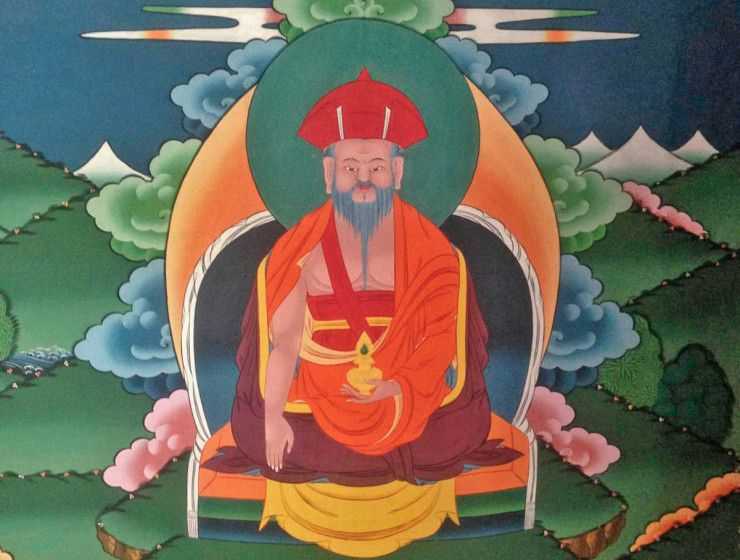
Source
He formed the Dzongs which itself were mini power centres and brought neighbouring rulers under its control. It helped in unifying Bhutan and brought it under Zhabdrung’s control. The Dzongs also served as a civic and religious centre. This helped Bhutan in successfully resisting many foreign invaders. The Punakha Dzong was declared as the Dhratshang. It was a central monk body and was under the guidelines of a supreme abbot called Je Khenpo.
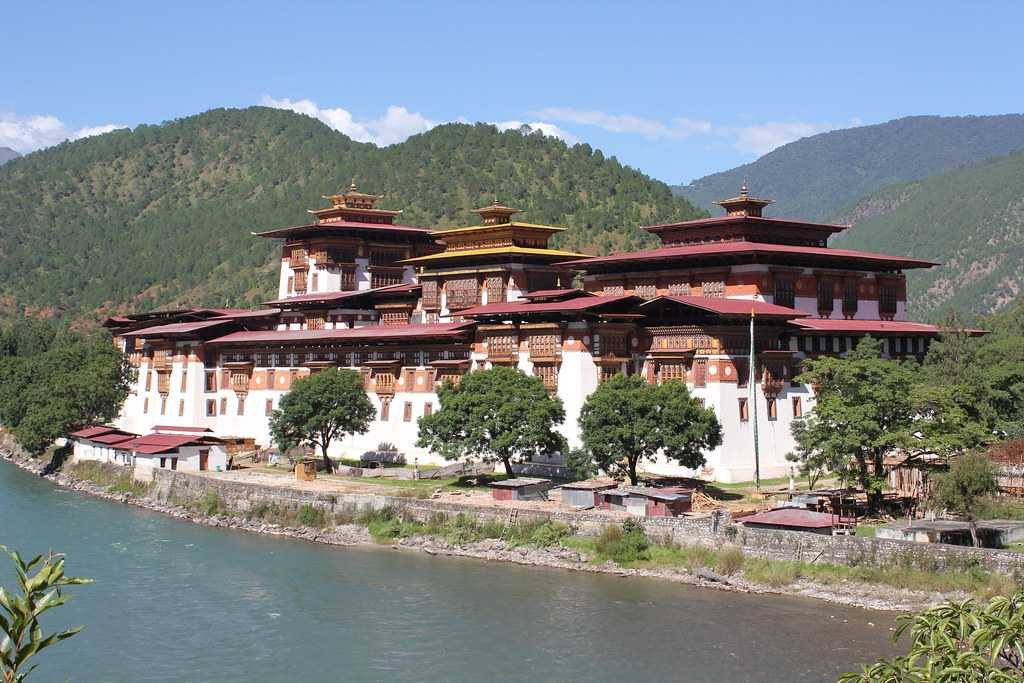
Source
- The one handled by Zhabdrung will take care of Drukpa sect and manage any hostiles within it.
- The second one will be under an elected leader called Desi. He will oversee the political administration and foreign relations of Bhutan.
Zhabdrung passed away in 1651, but according to the history of Bhutan, he was the reason behind maintaining the nation's cultural and political integrity, the announcement was made by Je Khenpo 55 years later in 1705. Till then, the subjects were told that he was in a religious retreat. Je Khenpo said that after his death three light rays emanated from his body, Je Khenpo deciphered to be as three future reincarnations which will depict his body, speech, and mind.
The Desi became the de facto ruler as the supposed reincarnations were too young to rule. There were several internal conflicts among the various sections of the government, as many were not happy with Desi being the ruler. The next two centuries were filled with internal conflicts within the government, leading to dissatisfied countrymen, which eventually lead to civil war.
The British Invasions - History of Bhutan Timeline
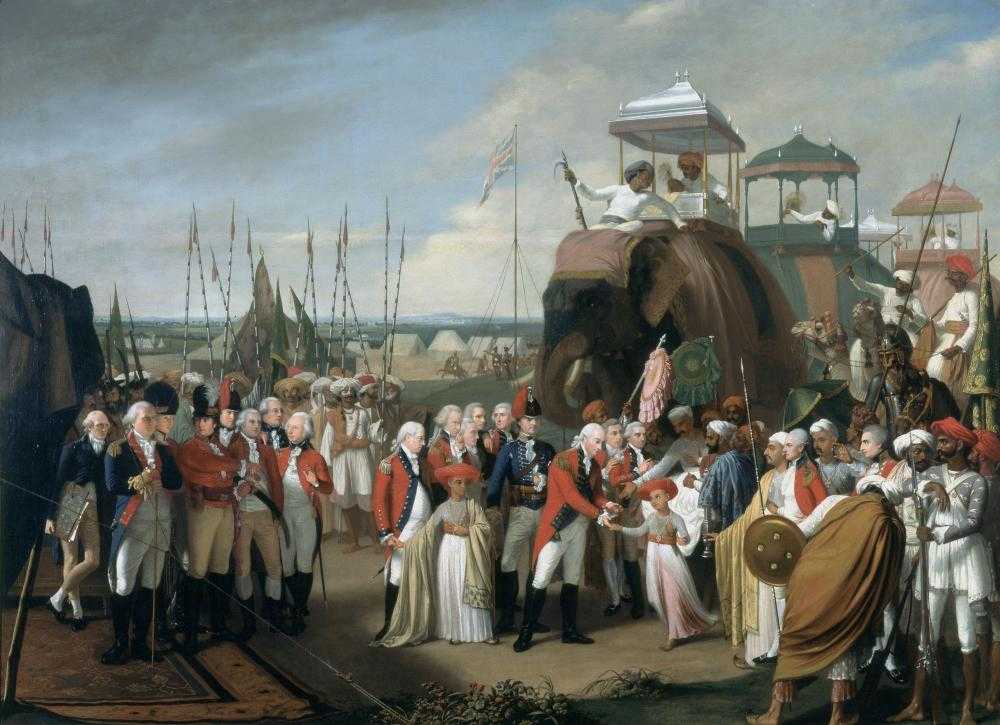
Source
- The British involvement in Bhutan started when the ruler of Cooch Behar approached the East India Company to wipe out the Bhutanese rule from their state.
- East India Company hesitated at first but later agreed to the offer since the Cooch Behar king offered an alluring deal to them. The proposal was to share half of the revenue generated from the Bhutan free Cooch Behar to the company.
- This task was handed to the British Governor Warren Hastings.
- He attacked the Bhutanese regime in Cooch Behar with the Indian forces.
- He won the battle but incurred heavy losses of army personnel and money.
- To make up the losses, the British demanded to meet the agreements and significant control over the acquired territory.
- The Cooch Behar ruler bowed down to their demands.
- EIC realised that Bhutan could be extremely profitable for their business. So they launched multiple attacks on the Bhutanese regions of Kalimpong and Phuentsholing in the year 1773.
- The ruling Desi at that time decided to appeal the Tibetian Lama for assistance.
- Panchen Lama agreed to help Bhutan and wrote a crafty letter to the British Governor of Bengal.
- The Governor agreed and signed in a peace treaty, thereby returning the acquired territory to Bhutan.
- This marked an important point in the history of Bhutan.
- The Desi in return decided to fulfil East India Company's demands of cutting timber in the woods of Bhutan.
Duar Wars
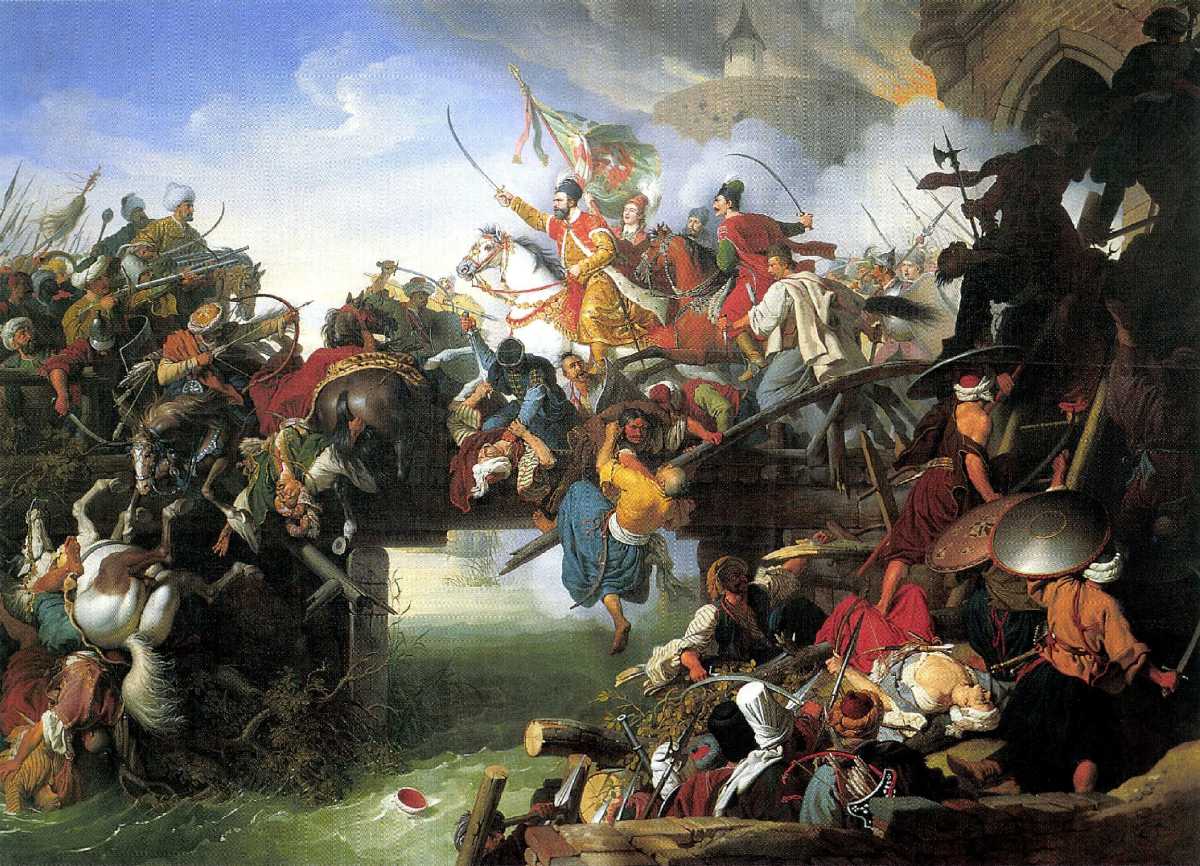
Source
The open area of the Brahmaputra river and the lower hills of Bhutan were considered as duars. The western region of duars was known as Bengal duars, and it was solely under the Bhutanese government. The eastern duar region had joint ownership of Bhutan and Assam. After the Burmese war, the British took over the control of eastern duars from Assam but didn’t abide by the agreements with Bhutan.
Tensions escalated between the two countries, and the British decided to strike war against Bhutan to capture the eastern duars. Though they agreed to pay annual allowances to Bhutan. As the duars were an excellent tea growing region, they could not see it resting in the Bhutanese hands.
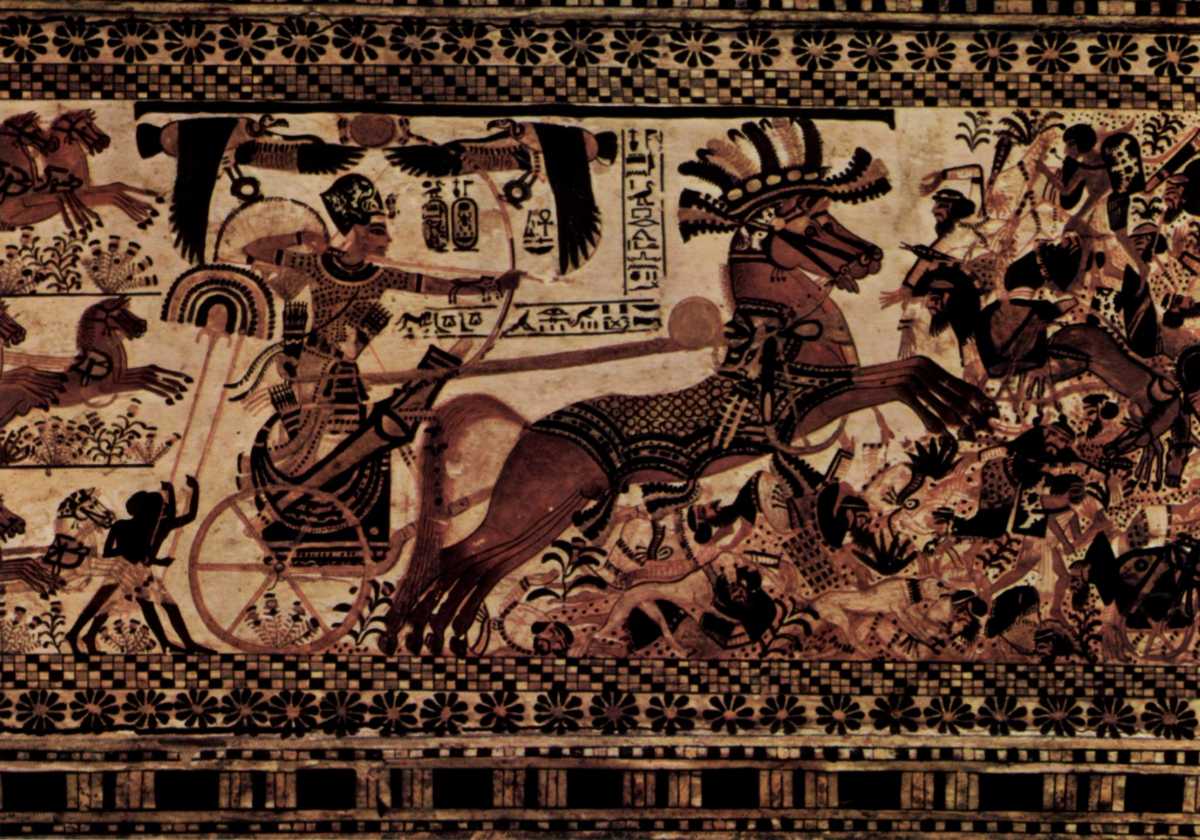
After capturing the eastern dooars, the British government turned its eyes toward the western dooars or the Bengal Duars. At first, they stopped the rental payments to Bhutan; then after a series of retaliation from desi Jigme Namgyal, they managed to gain control over the Bengal Duars. With this, Bhutan lost a fair share of its revenue and trading options. After losing the western dooars, higher class officials questioned the position of Jigme Namgyal, and there were several internal conflicts.
Jigme retained his position until 1879 after which his son Ugyen Wangchuck became his successor. He proved to be an efficient leader and managed to settle down many uprisings within the Bhutan territory. He even managed to win battles against enemies within the country at a very young age. He is considered a very important figure in the history of Bhutan.
First Dragon King
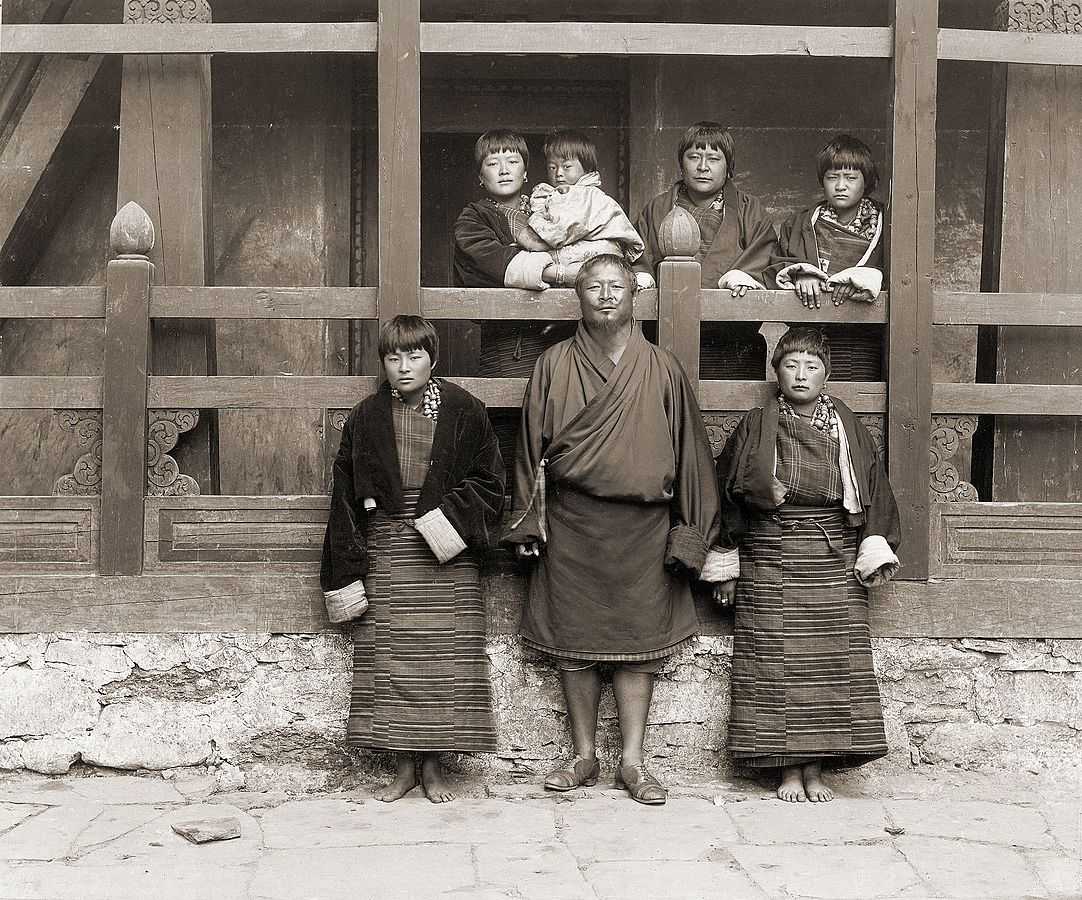
Source
After the death of Jigme Namgyal in 1907 Ugyen Wangchuck was crowned as the king of Bhutan, which marked the beginning of hereditary monarchy in Bhutan. Ugyen helped Francis Younghusband in invading certain regions of Tibet, thereby winning the hearts of the British empire. The British government awarded him the title of Knight Commander.
The treaty of Punakha was signed during his reign, which required the British government not to intervene in the internal affairs of Bhutan but it was agreed upon that the British would exercise control over its external relations. The annual rent paid to Bhutan for the duar region was also doubled. Bhutan still denied the post for a British official in the government to preserve their monarchy system.
After the death of Ugyen Wangchuck, Jigme Wangchuck took over his position. His notable works include installation of systems to communicate with the subjects directly. Also, during his reign, India recognised it as a sovereign state giving it the freedom to work freely on its internal affairs. It was very similar to what the British did previously.
Modernisation of Bhutan
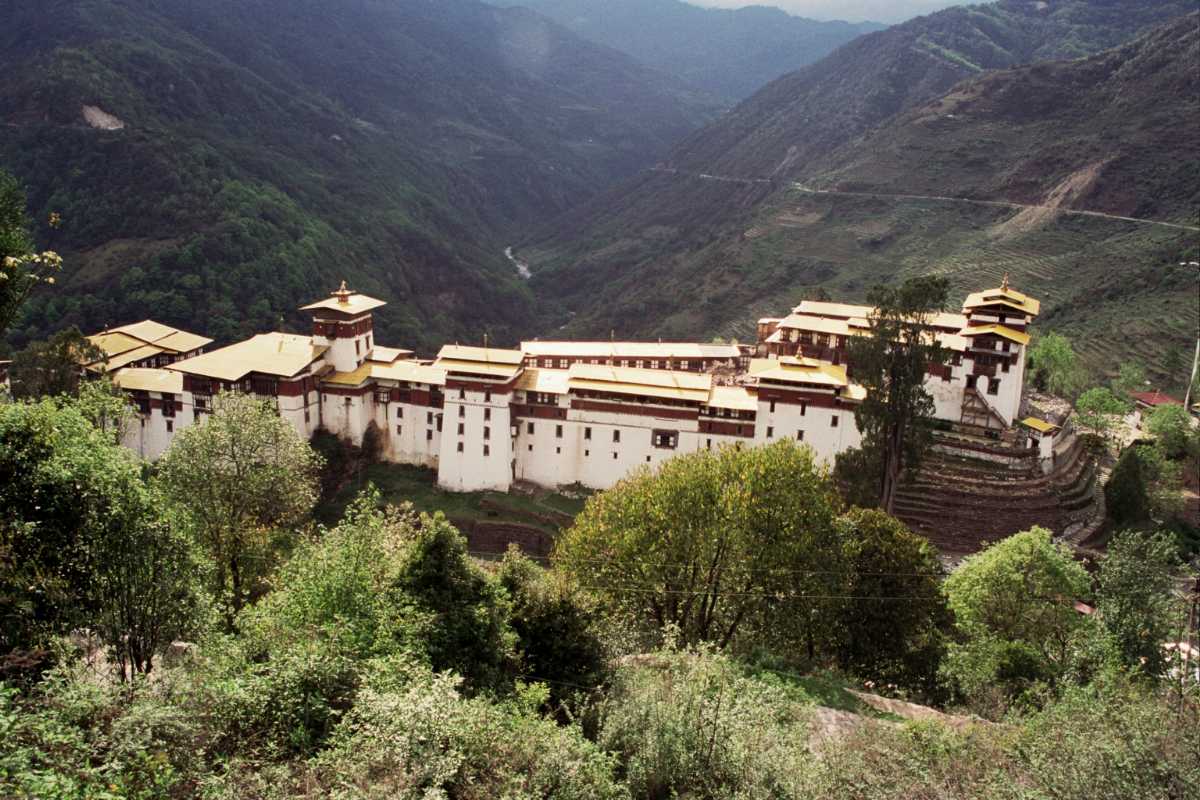
The modernisation era of Bhutan began with the rule of Jigme Dorji Wangchuck in 1952. He had an educated mind, and he realised that the policy of isolation from the world would not help in the all-round development of Bhutan. He strengthened his ties with India during Jawaharlal Nehru’s tenure. Under his supervision, Bhutan joined the Universal Postal Union and the United Nations in 1971. He also led to the formation of the Bhutanese army known as the Royal Bhutan Army. Under his whims, Bhutan saw many political and diplomatic reforms. He was a true visionary and one of the greatest leaders of Bhutan.
Jigme Dorji Wangchuck was replaced by his equally competent son Jigme Singye Wangchuck in 1972. He carried on his father’s plan to modernise Bhutan while preserving the core Bhutanese traditions and culture.
The first parliamentary elections were held in 2007.
Bhutan, in spite of being a smaller country, never gave up to foreign powers. Until recent times, Bhutan has followed the policy of isolationism but still has managed to function smoothly without much external help. Protecting the unique national identity is deeply fabricated in the Bhutanese culture, which turns out to work pretty efficiently in its favour as read from the history of Bhutan. Enjoy the virgin charms of the country as you set foot on it.
